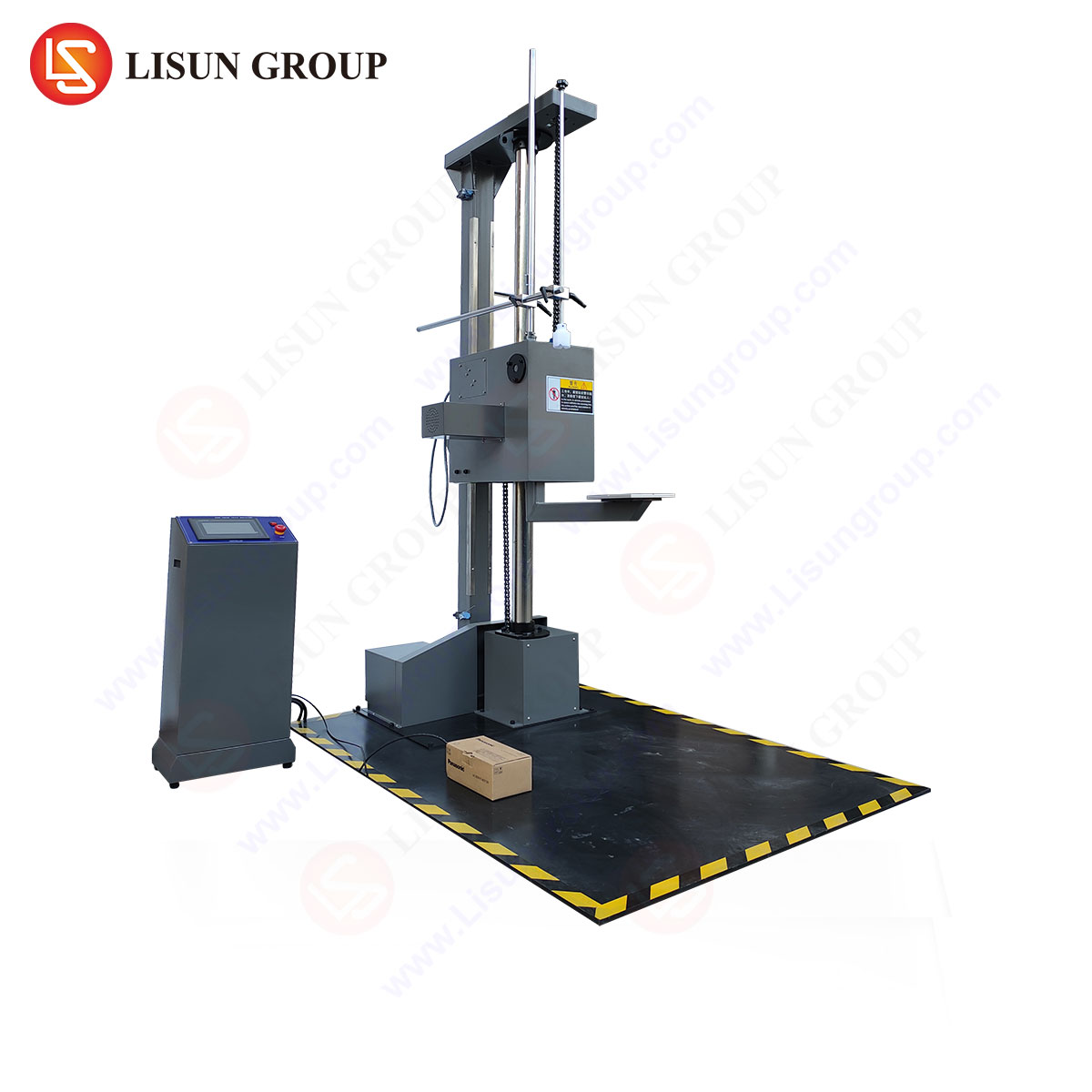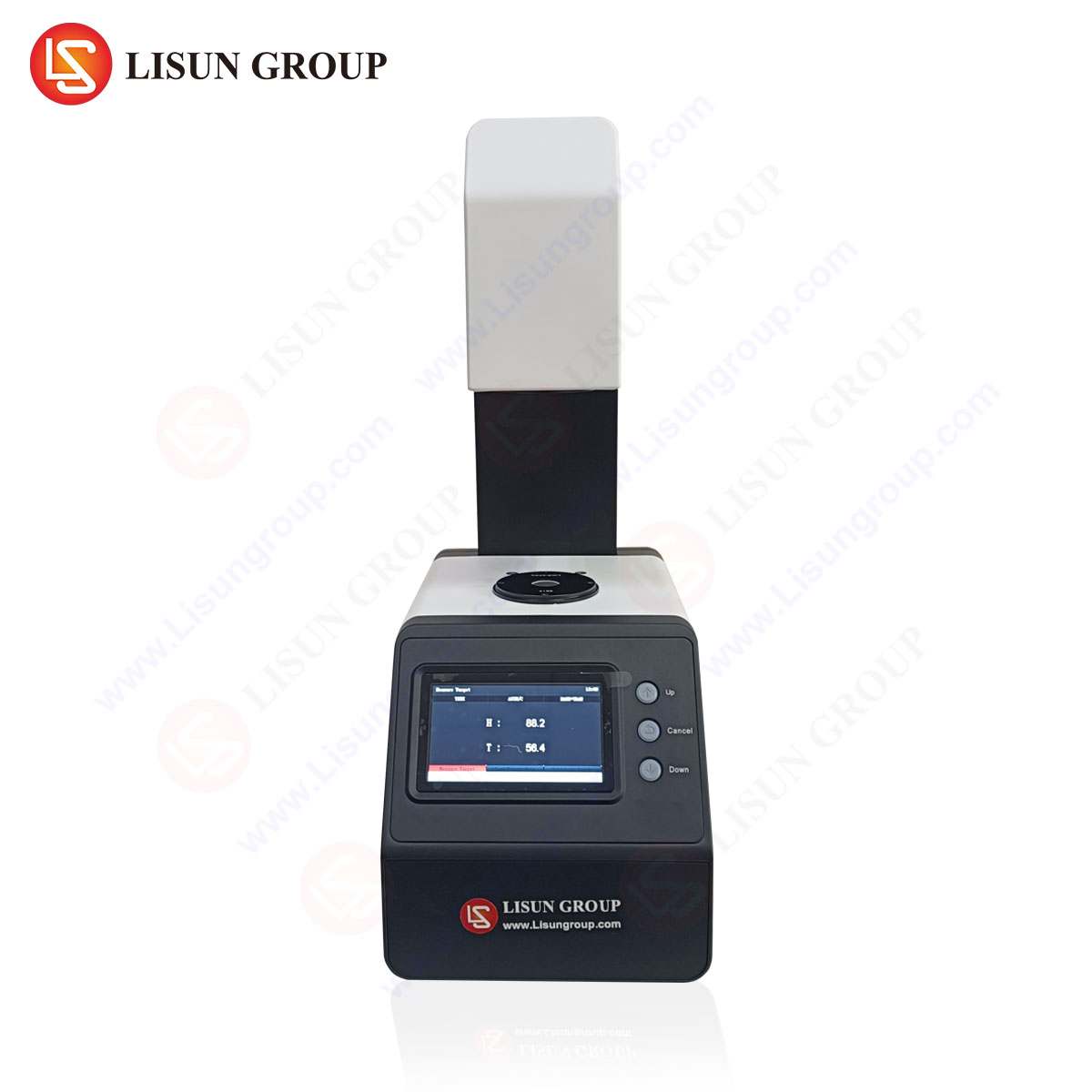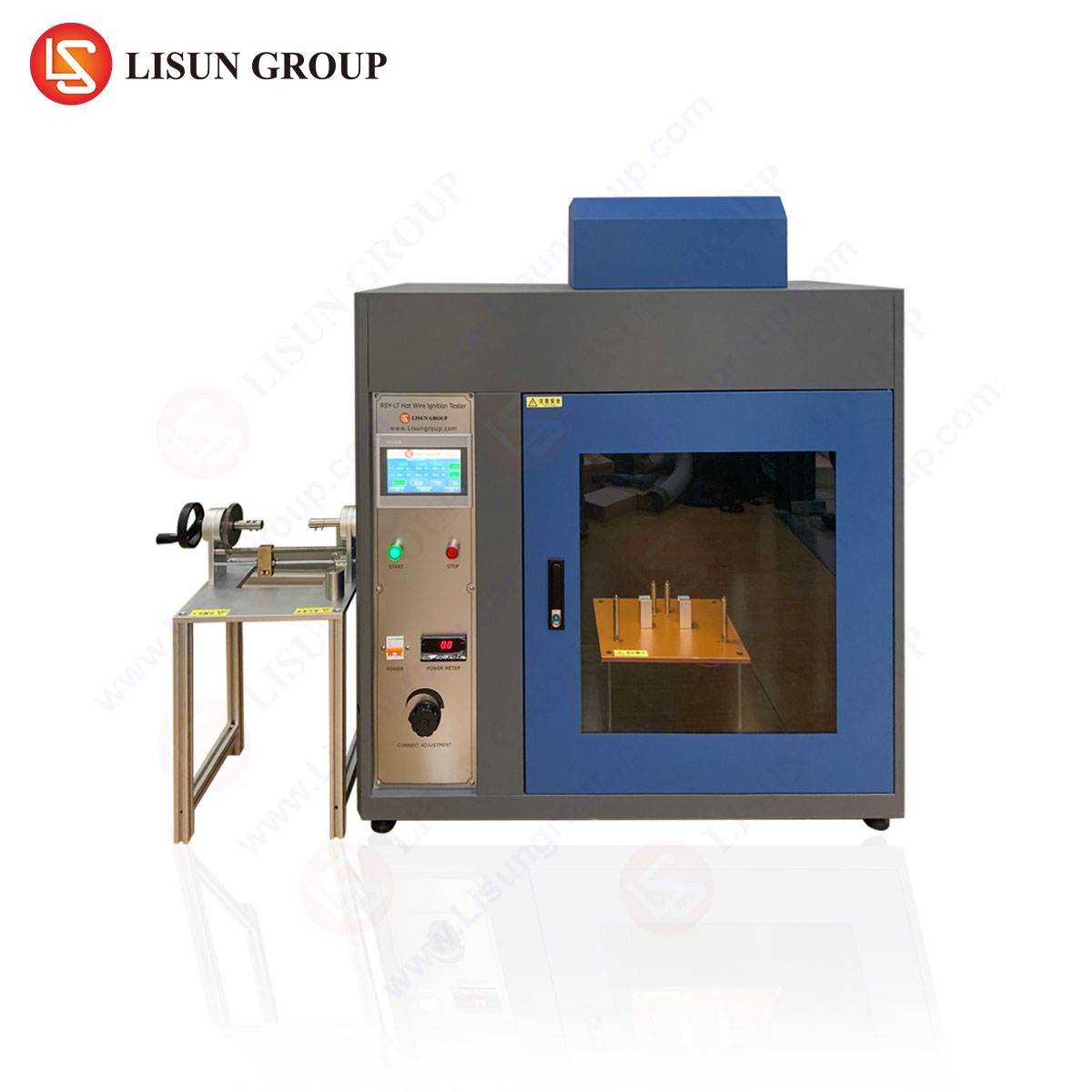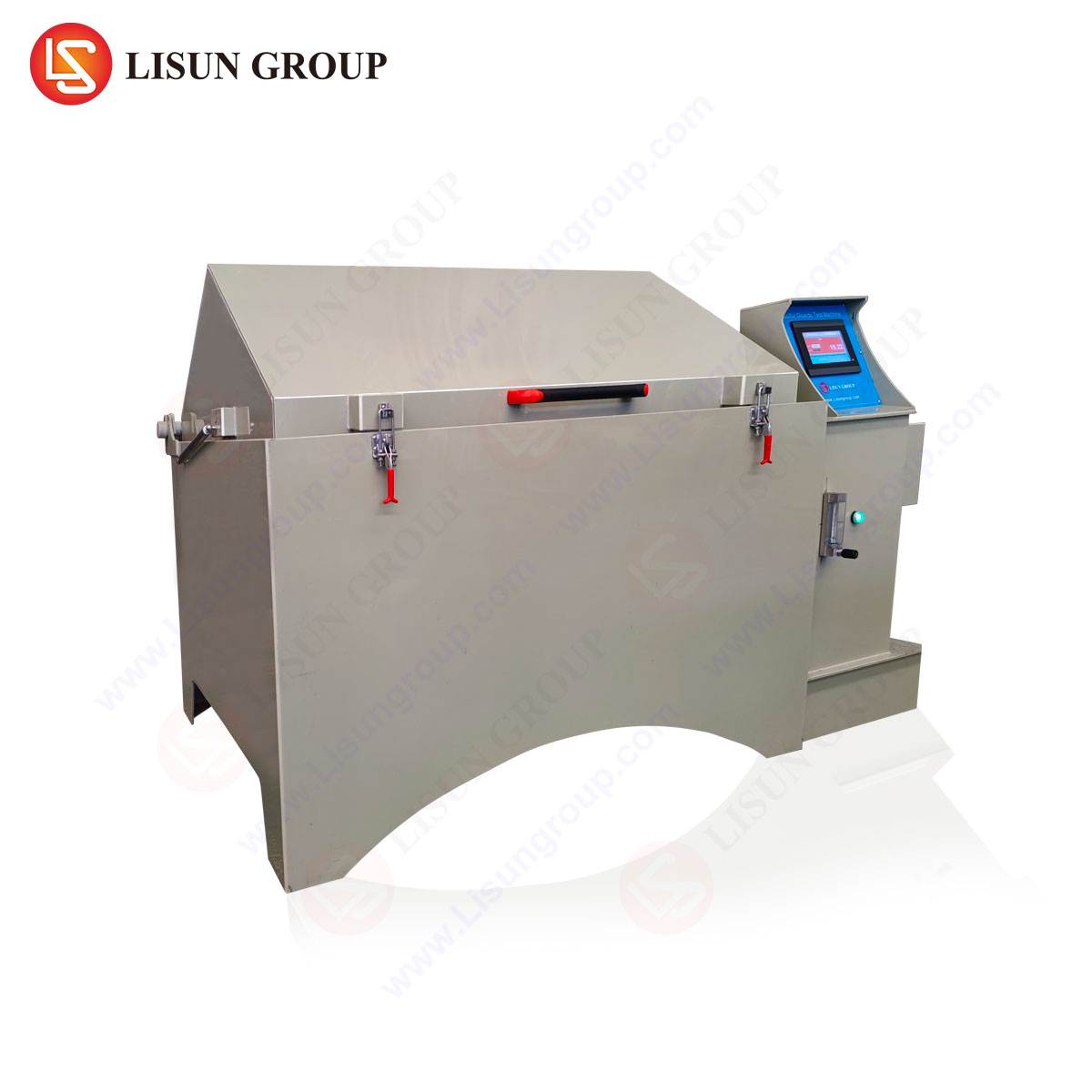Evaluating Material Durability Through DIN50018 Sulfur Dioxide Corrosion Testing in a Saturated Atmosphere
Introduction
The operational lifespan and functional integrity of a vast array of industrial and consumer products are perpetually threatened by environmental corrosion. Among the most aggressive atmospheric contaminants is sulfur dioxide (SO₂), a gas predominantly generated by the combustion of fossil fuels. In humid conditions, SO₂ hydrolyzes to form sulfurous acid, initiating rapid corrosive attacks on metals and certain non-metallic materials. To simulate these harsh conditions in a controlled, reproducible, and accelerated manner, the DIN50018 standard, entitled “Testing in a Saturated Atmosphere in the Presence of Sulfur Dioxide,” provides a critical methodological framework. This standardized test is indispensable for manufacturers and developers across sectors such as automotive electronics, telecommunications, and aerospace, where the failure of a single component due to corrosive degradation can lead to significant financial loss, operational downtime, or safety hazards. The primary objective of DIN50018 testing is not to precisely replicate years of natural exposure, but to provide a comparative assessment of the relative resistance of materials and protective surface treatments when subjected to a severe, SO₂-laden environment. This article provides a comprehensive examination of the DIN50018 standard, its testing principles, applications, and the instrumental role of advanced climatic chambers, such as the LISUN SQ-010, in ensuring test fidelity and reliability.
Fundamental Principles of Sulfur Dioxide Corrosion
The corrosive mechanism initiated by sulfur dioxide is an electrochemical process heavily dependent on atmospheric humidity. Upon dissolution in a surface moisture layer, SO₂ forms sulfurous acid (H₂SO₃), which acts as a strong electrolyte, facilitating the anodic oxidation of the base metal and the cathodic reduction of oxygen. For ferrous metals, this typically results in the formation of non-protective, flaky iron sulfate corrosion products. For non-ferrous metals like copper, silver, and nickel, the attack can lead to the formation of conductive sulfide films, which are particularly detrimental to electrical contacts and connectors, increasing contact resistance and leading to intermittent failures. The degradation is not limited to metals; many polymer coatings, paints, and plastic composites can experience blistering, embrittlement, or loss of adhesion when exposed to acidic conditions. The DIN50018 standard accelerates this natural process by maintaining a consistently high concentration of SO₂ within a sealed environment at elevated humidity, specifically 100% relative humidity at 40°C, creating a continuous condensate layer on test specimens. This saturated atmosphere ensures that the corrosive agent is in constant contact with the material surface, intensifying the degradation process for rapid evaluation.
Scope and Methodological Framework of DIN50018
DIN50018 defines a precise protocol for conducting sulfur dioxide corrosion tests. The standard outlines several testing cycles, but the most commonly employed is the 24-hour cycle, which is often repeated multiple times to achieve the desired level of accelerated aging. A single cycle consists of two distinct phases. The initial phase involves the introduction of a specified volume of sulfur dioxide gas into the test chamber after the internal atmosphere has been stabilized at 40°C and saturated with water vapor. The concentration of SO₂ is standardized, typically at 0.33 ± 0.1 volume percent, or 2 liters of SO₂ per cubic meter of chamber volume, creating an intensely corrosive environment. The chamber maintains these conditions for a period of 8 hours. Following the exposure phase, the chamber remains closed but unheated for a 16-hour “rest” period, allowing the temperature to decrease gradually to ambient conditions. This cooling phase promotes the formation of condensation on the test specimens, which is a critical aspect of the test, as many real-world corrosion phenomena occur under cyclic wet-dry conditions. The entire 24-hour sequence constitutes one test cycle. The total number of cycles is predetermined based on the material’s intended application and the required severity of the test, often ranging from 1 to 20 cycles or more.
Critical Parameters for Test Reproducibility and Validity
The integrity of any DIN50018 test hinges on the precise control and monitoring of several critical parameters. Deviation from the specified tolerances can lead to non-reproducible results and invalidate inter-laboratory comparisons.
- Temperature and Humidity Control: The test mandates an air temperature of 40 ± 1°C during the 8-hour heating phase. The relative humidity must be maintained at 100%, creating a saturated atmosphere. This requires a highly stable heating and humidification system to prevent fluctuations that could cause evaporation and re-condensation, altering the corrosion mechanism.
- Sulfur Dioxide Concentration: The initial concentration of SO₂ must be accurately measured and introduced. The use of a calibrated gas supply system is essential. The chamber’s construction must be sufficiently gas-tight to prevent the leakage of SO₂, which would lower the concentration and reduce the test’s severity over time.
- Chamber Construction and Atmosphere Circulation: The internal materials of the chamber must be resistant to corrosion by SO₂ to avoid contamination of the test atmosphere and self-destruction of the equipment. Furthermore, a gentle, consistent circulation of the atmosphere is necessary to ensure a uniform distribution of temperature, humidity, and gas concentration around all specimens, preventing localized variations in corrosion rates.
- Specimen Preparation and Placement: Specimens must be prepared according to relevant material standards and placed in the chamber such that they do not shield each other from the atmosphere. They are typically arranged on non-conductive supports at a specified angle to allow condensate to run off, simulating natural exposure.
Industries and Applications Relying on DIN50018 Compliance
The applicability of DIN50018 testing spans numerous industries where corrosion resistance is a key performance indicator.
- Automotive Electronics: Electronic control units (ECUs), sensors, connectors, and wiring harnesses are tested to ensure reliability in under-hood environments where exhaust gases and road salts can create SO₂-rich, humid conditions.
- Electrical and Electronic Components: Switches, relays, sockets, and printed circuit boards (PCBs) are evaluated to prevent failure due to corrosion-induced short circuits or increased resistance.
- Telecommunications Equipment: Outdoor cabinets, base station components, and connectors are subjected to testing to guarantee long-term functionality in industrial or coastal areas with high pollutant levels.
- Aerospace and Aviation Components: Avionics and electrical systems must withstand aggressive atmospheric conditions encountered during flight and ground operations, making SO₂ testing a part of qualification protocols.
- Lighting Fixtures: Both indoor industrial lighting and outdoor street lamps are tested for the durability of their housings, reflectors, and electrical components.
- Medical Devices: Equipment intended for use in sterilizing environments or certain industrial medical settings may require validation of material resistance to corrosive gases.
The LISUN SQ-010 Sulfur Dioxide Test Chamber: Engineering for Precision
To meet the rigorous demands of the DIN50018 standard, testing equipment must exhibit exceptional precision, durability, and ease of use. The LISUN SQ-010 Sulfur Dioxide Test Chamber is engineered specifically for this purpose, incorporating design features that directly address the critical parameters of the test.
The chamber utilizes an advanced air circulation system that ensures a homogenous distribution of temperature, humidity, and gas concentration throughout the testing volume. This is achieved through a strategically designed duct system and a corrosion-resistant fan, eliminating “dead zones” where test conditions might deviate. The temperature control system employs precision PID controllers and high-quality platinum resistance (PT100) sensors, maintaining the required 40°C ± 0.5°C, a tolerance tighter than the standard requires. Humidification is achieved through a boiler heating system, which generates pure water vapor to rapidly achieve and maintain a saturated atmosphere without introducing impurities.
A key feature of the SQ-010 is its construction from imported PVC plastic boards with an advanced fiberglass reinforcement. This material offers outstanding resistance to the corrosive effects of sulfur dioxide, ensuring long-term chamber integrity and preventing the release of contaminants that could interfere with test results. The chamber is equipped with a large, transparent, and corrosion-resistant viewing window, allowing for visual inspection of specimens without interrupting the test cycle. The gas introduction system is designed for precise volumetric control, and the chamber’s sealing is rigorously tested to prevent SO₂ leakage, ensuring consistent gas concentration for the duration of the exposure phase.
Technical Specifications of the LISUN SQ-010 Chamber
| Parameter | Specification |
|---|---|
| Internal Volume | 300 Liters (Standard model; custom volumes available) |
| Temperature Range | Ambient +10°C to 60°C |
| Temperature Fluctuation | ≤ ±0.5°C |
| Temperature Uniformity | ≤ ±2.0°C |
| Humidification Method | Boiler heating |
| SO₂ Introduction | Volumetric method (0.1~1.0% volume concentration adjustable) |
| Inner Chamber Material | Imported reinforced PVC plastic |
| Heating Element | Corrosion-resistant titanium tube |
| Controller | Programmable LCD Touchscreen PID Controller |
| Safety Features | Over-temperature protection, gas leakage alarm, chamber over-pressure protection |
Competitive Advantages in Industrial Testing Scenarios
The design philosophy behind the LISUN SQ-010 confers several distinct advantages in practical testing environments. Its superior temperature and humidity stability minimize test variability, leading to more reliable and reproducible data. This is critical for quality assurance departments conducting pass/fail tests on components like automotive connectors or telecommunications terminal blocks. The robust, corrosion-resistant construction translates to lower long-term maintenance costs and a extended operational lifespan, a significant consideration for independent testing laboratories that run corrosive tests frequently. The user-friendly programmable controller allows technicians to easily set up complex multi-cycle test profiles, automating the entire process and reducing the potential for operator error. For manufacturers of electrical components, such as industrial control system enclosures, the ability to confidently validate the performance of a new coating or plating material against DIN50018 directly supports product development and marketing claims of enhanced durability.
Corrosion Assessment and Post-Test Analysis
Upon completion of the designated test cycles, the evaluation of specimens is a critical step. DIN50018 provides guidance, but the specific assessment criteria are often defined by product-specific standards or internal corporate specifications. The evaluation can be both qualitative and quantitative. Qualitative assessments involve visual inspection for the type and extent of corrosion, such as the presence of white or red rust on zinc or steel coatings, pitting, blistering of paints, or tarnishing of contacts. Photographic documentation before and after testing is essential. Quantitative assessments may include measuring the mass loss of the specimen (after careful removal of corrosion products), changes in electrical properties (e.g., contact resistance for a switch), or degradation of mechanical strength. For example, a cable manufacturer might test connector pins, measuring the increase in contact resistance after 5 cycles of testing to predict long-term performance in a polluted industrial environment.
Integration with Other Environmental Stress Tests
DIN50018 is often not employed in isolation. To comprehensively simulate real-world conditions, it is frequently part of a sequence of environmental tests. A common approach is to subject a component to thermal cycling, vibration testing, and then corrosive gas testing. This sequence can reveal synergistic effects; for instance, micro-cracks formed in a conformal coating during thermal cycling may become pathways for the corrosive gas to attack the underlying copper traces on a PCB. Therefore, the ability of a chamber like the LISUN SQ-010 to be integrated into a broader test regimen, with well-defined specimen handling procedures between tests, is a valuable asset for a comprehensive reliability engineering program.
Conclusion
DIN50018 sulfur dioxide testing in a saturated atmosphere remains a cornerstone methodology for assessing the corrosion resistance of materials and components destined for harsh service environments. Its value lies in its standardized, accelerated, and severe nature, providing a reliable comparative tool for manufacturers. The accuracy and reproducibility of the test, however, are wholly dependent on the precision and reliability of the testing equipment used. Advanced climatic chambers, such as the LISUN SQ-010, with their emphasis on precise environmental control, corrosive resistance, and automated operation, are indispensable for generating valid, trustworthy data. As industries continue to push the boundaries of performance and longevity for products ranging from medical devices to aerospace components, the role of rigorous standardized testing like DIN50018, supported by robust technological infrastructure, will only grow in importance.
Frequently Asked Questions (FAQ)
Q1: How does the SQ-010 chamber ensure an even distribution of sulfur dioxide gas throughout the test volume?
The SQ-010 incorporates a specially engineered airflow duct system coupled with a corrosion-resistant fan. This system continuously circulates the chamber atmosphere, preventing the stratification of the heavier SO₂ gas and ensuring that every test specimen is exposed to a consistent gas concentration, which is critical for obtaining uniform and reproducible corrosion results.
Q2: For a new type of plastic housing for an outdoor telecommunications device, how many test cycles would you recommend?
The number of cycles is not arbitrary and should be defined by the relevant product standard or an internal specification based on the intended product lifetime and environment. However, a common starting point for such applications is between 3 and 10 cycles of 24 hours each. The evaluation after these initial cycles will guide whether further, more severe testing is required. It is essential to test alongside a control specimen with a known performance baseline.
Q3: What safety features does the SQ-010 have to protect operators from sulfur dioxide exposure?
The chamber is designed with multiple safety interlocks. These typically include a gas leakage detection sensor that will trigger an audible and visual alarm and automatically shut off the gas supply if a leak is detected. The chamber is also constructed to be gas-tight under normal operating conditions. It is imperative that the chamber is exhausted to the outside atmosphere via a dedicated vent line when opening the door after a test, and operators should use appropriate personal protective equipment (PPE).
Q4: Can the SQ-010 be programmed for different test standards that use SO₂ but with varying conditions?
Yes, the programmable LCD touchscreen controller allows users to create and store multiple custom test profiles. While optimized for DIN50018, the chamber’s adjustable temperature and SO₂ concentration parameters enable it to be configured for other similar standards, such as certain IEC or ISO protocols, provided the required conditions fall within the chamber’s operational range.
Q5: What is the recommended procedure for cleaning the chamber interior after a test to prevent cross-contamination?
After completing a test and properly venting the chamber, the interior should be wiped down with a damp cloth to remove any residual corrosive deposits. For more thorough cleaning, a mild neutralizing agent (e.g., a sodium carbonate solution) can be used, followed by rinsing with clean water. It is crucial to ensure the chamber is completely dry before initiating a new test to avoid diluting the subsequent SO₂ concentration. The chamber’s non-metallic, corrosion-resistant interior simplifies this maintenance process.






